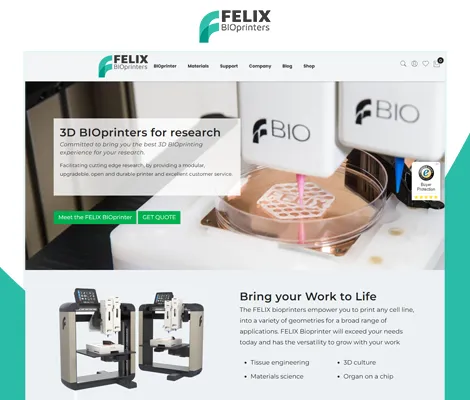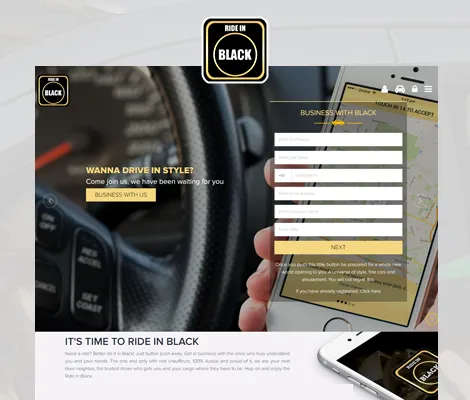Unit Testing
Focuses on testing individual components or modules of the software in isolation. Ensures that each unit of code functions as intended.
Integration Testing
Tests the interaction between different components or modules to identify issues related to their integration. Ensures that integrated components work together seamlessly.
System Testing
Evaluates the entire system as a whole to verify that it meets the specified requirements. Validates end-to-end functionality and interactions.
Acceptance Testing
Involves end-users or stakeholders to validate that the software meets their requirements and expectations. Confirms that the software aligns with business processes.
Regression Testing
Ensures that new changes or updates do not introduce new issues or negatively impact existing functionalities. Validates that previously identified issues have been resolved.
Functional Testing
Verifies that the software functions according to the specified requirements. Tests individual features, functions, and overall behavior.
Non-Functional Testing
Includes testing aspects such as performance, security, usability, and reliability. Focuses on characteristics other than specific functionalities.
Performance Testing
Assesses the speed, responsiveness, and overall performance of the software under various conditions. Includes load testing, stress testing, and scalability testing.
Security Testing
Identifies vulnerabilities and weaknesses in the software's security measures. Involves penetration testing and validation of secure coding practices.
Usability Testing
Evaluates the user interface (UI) for ease of use and overall user experience. Gather feedback on the software's usability and intuitiveness.
Load Testing
Evaluates how the software performs under varying levels of user load and concurrent usage. Identifies potential bottlenecks and optimizes for scalability.
Compatibility Testing
Verifies that the software functions consistently across different devices, browsers, and operating systems. Ensures compatibility with various configurations.
Mobile Testing
Ensures that mobile applications function seamlessly across different devices and platforms. Validates responsiveness, performance, and user experience on mobile devices.
Automation Testing
Involves the use of automated testing tools and scripts to perform repetitive and time-consuming tests. Improves testing efficiency and coverage.





































